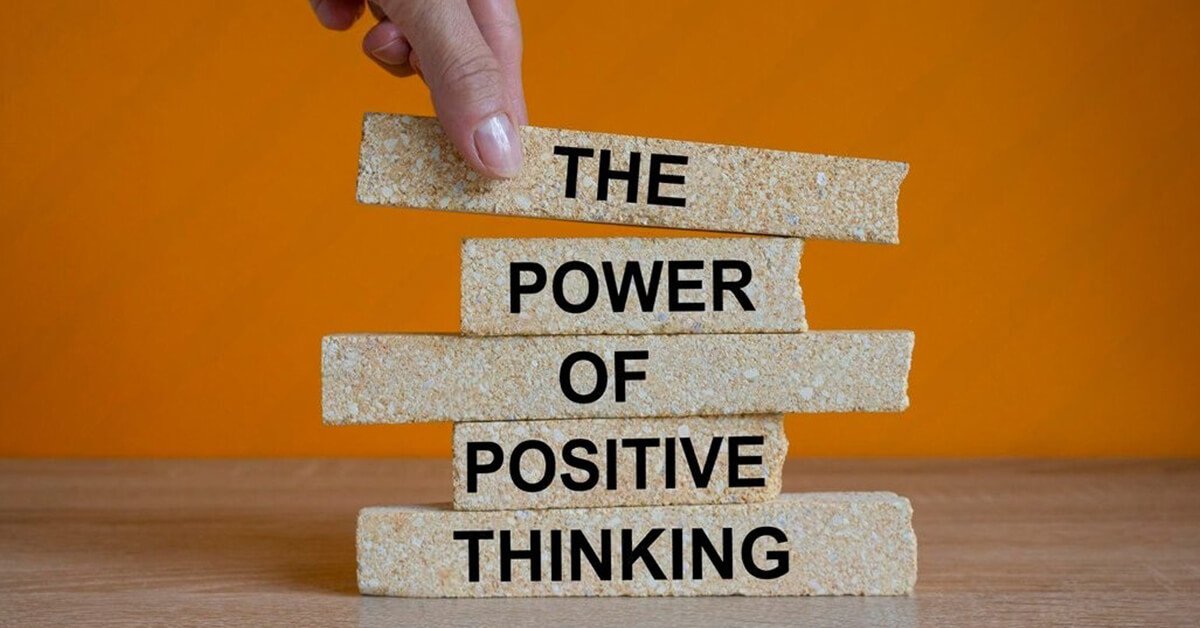Positive thinking is a mindset that focuses on the brighter side of life. It means looking for solutions rather than dwelling on problems. A positive thinker tries to find the good in every situation and believes things can improve with effort and patience. Instead of being overwhelmed by challenges, a person with a positive attitude looks for ways to overcome them. They focus on what is going on in their life and how to improve things further. This mindset is known as positive thinking.
When a person thinks positively, it clearly reflects in their actions and outcomes. Conversely, if someone keeps expecting bad things to happen, their negative mindset can attract similar outcomes, often due to stress, anxiety, or self-sabotaging behaviors. On the other hand, if a person believes in good possibilities, they are more likely to work toward them and eventually see them manifest. Moreover, positive thinking does not mean ignoring problems; instead, it means facing them with hope and confidence.
How to Maintain Positive Thinking
1. Surround Yourself with Positive People
One of the most effective ways to stay positive is by surrounding yourself with people who uplift and motivate you. When you are in the company of optimistic individuals, their energy also influences you. Such people encourage you in tough times and help you see opportunities even in adversity. Avoid those who always focus on the negative or discourage you from pursuing your dreams. Positivity is contagious, and being around the right people can shift your mindset drastically.
2. Practice Gratitude Regularly
Gratitude serves as a powerful tool for maintaining positive thinking. Each day, take a few moments to reflect on the things you feel thankful for, even if they seem small. You might appreciate your health, family, a sunny day, or a kind gesture. Focusing on these blessings reduces stress and brings a sense of contentment. As you acknowledge the good things in life, you naturally develop a positive outlook and gradually form a calming psychoaura around yourself.
3. Train Your Mind to Think Positively
Positive thinking requires effort and practice. It does not mean pretending everything is perfect or always good, it means choosing how we respond to situations. For example, instead of saying, “I can not do this”, one should say, “I will try my best and see what happens”. Negative self-talk should be replaced with encouraging statements. Over time, the brain starts forming new pathways, and positive thinking becomes a habit.
4. Set Achievable Goals and Celebrate Progress
When you set realistic Goals and work towards them, you build confidence. Break your larger goals into smaller, manageable tasks. Every time you accomplish a step, celebrate it. This creates a cycle of motivation and achievements that fuel your positive mindset. Even small wins boost self-belief and make you feel more in control of your life.
5. Focus on Solutions, Not Problems
Positive Thinkers do not ignore problems, they just do not get stuck in them. Instead of worrying about what wrong, focus on what can be done to improve things. Ask yourself, “What can I do to improve this situation?” This approach shifts your energy from hopelessness to action, a hallmark of positive thinking.
6. Limit Exposure to Negativity
Negative news and toxic content constantly bombard us in the digital age. While staying informed is essential, overexposure to negativity can drain your energy and make you anxious. Be mindful of what you watch, read, and listen to. Choose content that inspires, educates, or healthily entertains you.
7. Learn from Failure and Embrace Change
A positive mindset does not mean you will never face difficulties. Instead, it prepares you to handle them better. View failures as opportunities to grow. Every setback has a lesson. When you adopt this view, change no longer feels threatening, it becomes a path to improvement and self-discovery.
8. Believe in Yourself
Self-confidence is at the core of positive thinking. Believing in your abilities makes you more likely to take risks and seize opportunities. Even if you fail, you view it as a learning experience rather than a defeat. Self-confidence does not mean people can not make mistakes; it means they bounce back from setbacks with strength and resilience.
Conclusion
Positive thinking is more than just a feel-good concept. It is a way of life that empowers you to make conscious choices, face challenges with resilience, and create a meaningful future. It is about looking at the glass as half full and finding ways to fill it.
Remember, you can not always control what happens to you but can control how you respond. Choose positivity, it is one of the most powerful tools you have for building a better life.




